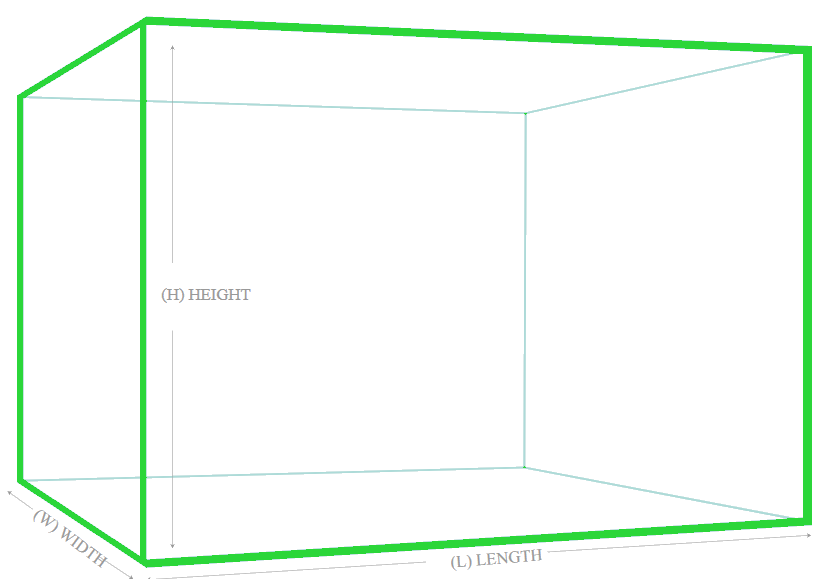Sand Calculator for Aquarium

Aquarium Sand Description
Aquarium sand is specially designed for use in aquariums. It typically features:
- Materials & Composition: Made from natural sandstones processed to ensure purity and suitability.
- Physical Properties: Moderate density and hardness, safe for aquatic creatures.
- Chemical Properties: Stable, non-toxic, may contain beneficial trace elements.
Its purposes include:
- Enhancing Aquarium Aesthetics: Adding visual appeal and mimicking natural environments.
- Providing Habitat: Ideal for burrowing and hiding creatures.
- Supporting Plant Growth: Serving as a substrate for aquatic plants.
- Maintaining Water Quality: Assisting in filtration and purification.
When using aquarium sand, it's important to:
- Choose the right sand for your aquarium size, inhabitants, and decor.
- Thoroughly clean the sand before use.
- Regularly maintain the sand by removing debris and waste.
- Avoid sands containing harmful substances.
How to Replace Aquarium Sand
Preparation
- Turn off aquarium equipment such as filters and heaters.
- Remove decorations and plants gently.
- Prepare a large container for temporarily holding aquarium inhabitants and old sand.
Removing Old Sand
- Siphon out water, leaving enough to sustain aquarium life.
- Collect old sand gently, avoiding harm to inhabitants.
- Clean the aquarium thoroughly.
Adding New Sand
- Choose sand that is safe and suitable for your aquarium.
- Rinse new sand before adding to remove dust and impurities.
- Add new sand gradually, stirring lightly to distribute evenly.
- Adjust water level as needed.
Restoring Aquarium Environment
- Add water, either reserved or new (dechlorinated).
- Rearrange decorations and plants.
- Turn on equipment once the environment is stable.
Post-Replacement Care
- Monitor water quality closely for several days.
- Observe aquarium inhabitants to ensure they adapt well.
- Avoid frequent sand replacements to minimize stress on inhabitants.
 Home
Home Back
Back